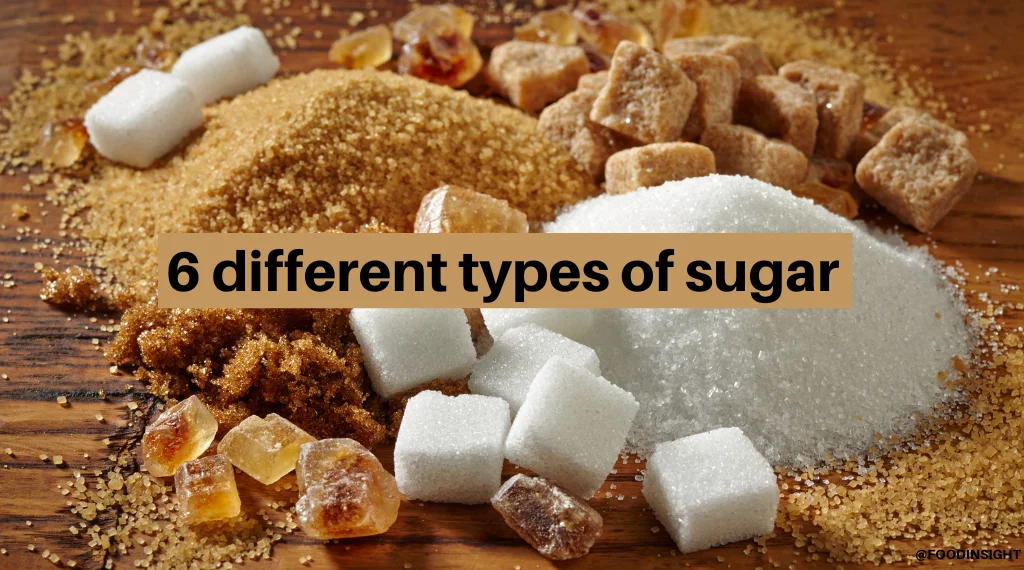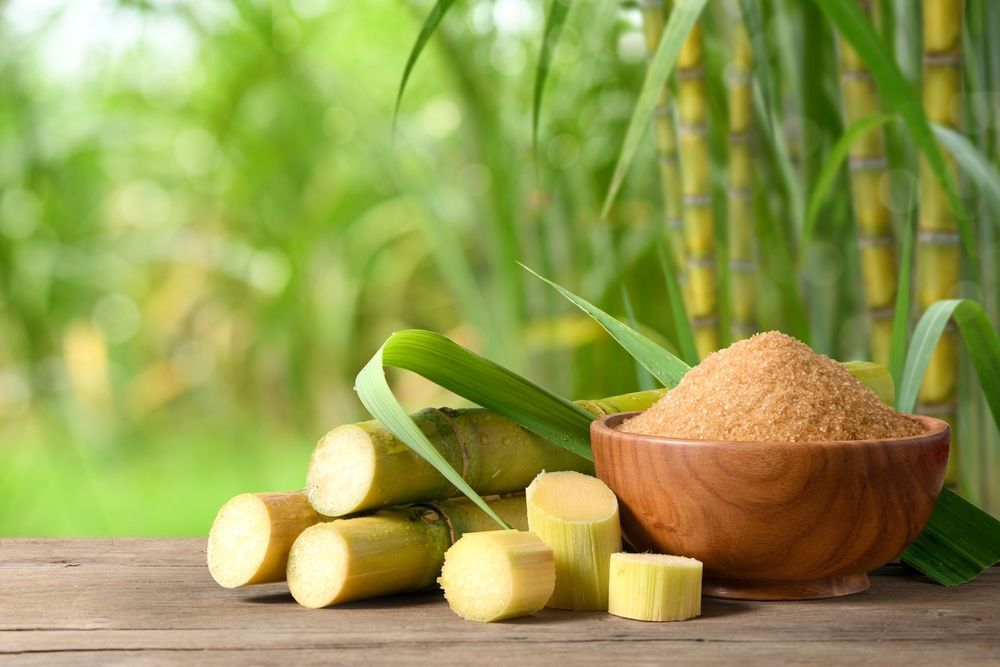The choice between beet sugar vs cane sugar can influence the flavor profile of certain recipes.
The choice between beet sugar vs cane sugar can influence the flavor profile of certain recipes.
Blog Article
Discover the Uses and Advantages of Beet Sugar Vs Cane Sugar in Your Daily Diet Regimen
Discovering the distinct qualities of beet and cane sugar discloses greater than just their sweetening abilities; it highlights their special influences on wellness and culinary arts. Beet sugar, understood for its refined flavor, is commonly favored in delicate treats, whereas cane sugar, with its tip of molasses, adds richness to durable meals. Each kind holds its very own nutritional profile and glycemic implications, inviting a deeper understanding of their roles in a balanced diet regimen and lasting intake techniques.
Beginning and Manufacturing Procedures of Beet and Cane Sugar

The unique climates and dirt types required for expanding sugar beets and sugarcane add to distinctions in their growing practices and geographical distribution, influencing the business economics and sustainability of their production. beet sugar vs cane sugar.
Nutritional Comparison In Between Beet Sugar and Cane Sugar
In spite of originating from various plants, beet sugar and cane sugar are nutritionally very comparable, both mainly including sucrose. Each supplies about 4 calories per gram, equating to roughly 16 calories per tsp. Structurally, both sugars are composed of about 99.95% sucrose, with very little quantities of other materials like wetness and trace element, which do not dramatically change their nutritional profiles.

Ultimately, when selecting in between beet sugar and cane sugar based on nutritional content alone, both deal the same benefits and disadvantages as they are basically types of the same molecule-- sucrose, giving quick energy without various other nutrients.
Influence on Wellness: Glycemic Index and Caloric Material
Exploring even more into the impacts of beet sugar and cane sugar on health and wellness, it is very important to consider their glycemic index and calorie content. Both sugars are classified as sucrose, which contains glucose and fructose. This composition leads them to have a similar effect on blood glucose levels. The glycemic index (GI) of both beet and cane sugar is around 65, categorizing them as high-GI foods, which can cause quick spikes in blood sugar levels. This is a critical aspect for individuals handling diabetic issues or those attempting to stabilize their energy levels throughout the day.
Each sort of sugar consists of about 4 calories per gram, making their caloric content matching. For those keeping track of caloric intake, specifically when taking care of weight or metabolic wellness problems, recognizing this equivalence is crucial (beet sugar vs cane sugar). However, too much intake of her latest blog any high-calorie, high-GI food can add to wellness concerns such as look at this web-site excessive weight, heart disease, and insulin resistance.
Environmental and Economic Considerations of Sugar Manufacturing
Beyond wellness influences, the production of beet and cane sugar likewise elevates significant ecological and financial issues. Sugar beet growing has a tendency to call for cooler environments and has a lower geographical footprint contrasted to sugar cane, which prospers in tropical regions.
Furthermore, the usage of pesticides and fertilizers in both beet and cane sugar cultivation can result in soil deterioration and contamination, additional affecting biodiversity and regional water bodies (beet sugar vs cane sugar). The option between cultivating sugar beet or cane commonly rests on local environmental problems and financial variables, making the sustainability of sugar manufacturing a complicated problem
Culinary Applications and Flavor Differences
While the ecological and financial elements of sugar manufacturing are undoubtedly considerable, the choice between beet and cane sugar also affects cooking applications and taste profiles. Beet sugar, stemmed from the sugar beet plant, is recognized for its incredibly neutral preference. This makes it a functional active ingredient in cooking, where it does not change the flavor of various other elements. It dissolves promptly and is suitable for use in cakes, cookies, and breads.
Cane sugar, extracted from sugarcane, frequently keeps molasses traces, which give a distinctive splendor and deepness. This small molasses taste improves the intricacy of baked products, sauces, and marinates. It is specifically favored in products where a caramel undertone is desired, such as in brownies or gingerbread. The slight variation his explanation in dampness web content between beet and cane sugar can impact the texture and consistency of dishes, making cane sugar a preferred choice for certain recipes that profit from its distinct buildings.

Conclusion
To conclude, both beet and cane sugar have distinct origins and production processes, using comparable dietary profiles with minor distinctions in salt content and flavor. While their influence on health, especially regarding glycemic index and calories, is similar, the selection between them usually comes down to ecological, economic factors, and details cooking requirements. Recognizing these facets can lead customers in making educated choices that straighten with their wellness goals and taste choices.
Report this page